Essentials
Podcasting Essentials
Related articles:
Last year Audacity 3.1 introduced what I’ve been calling “less destructive” editing, allowing users to access deleted audio by dragging the edge of a clip. Previously, deleted clips could only be accessed by a furious spamming of undos, but we can now edit aggressively without the need for muted safety tracks, BackupEpisode.aup3, and worrying about finding the right take after reimporting the file again.
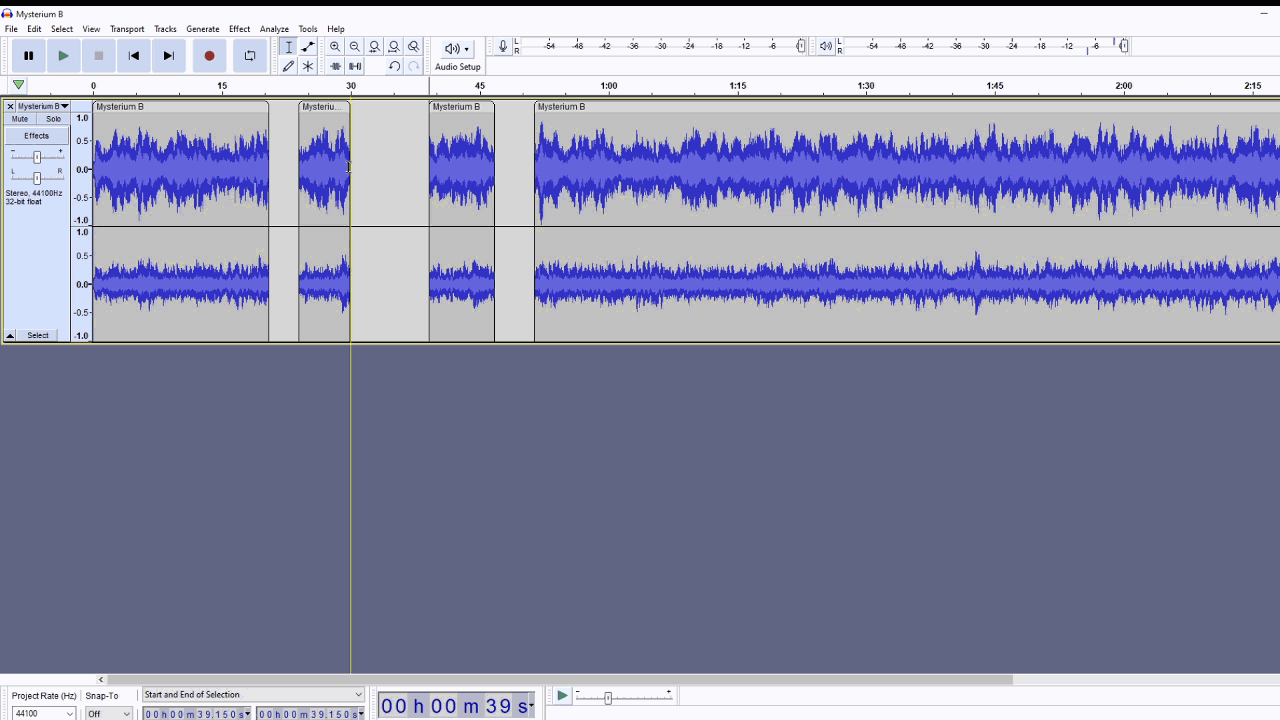
While the Audacity Team officially called this “Nondestructive Editing,” I’ve been using “Less Destructive” because of a key problem: Effects were still baked into the audio. Depending on your use case, that might have been fine: If you accidentally applied the wrong effect to a take, you could still access it from the next clip and try again. But if you did something to the whole file before editing (like, for instance, running overly aggressive noise reduction) and then needed to undo it after editing it down… you would be editing the whole thing again.
Until now!
Last week, Audacity 3.2 introduced this nifty little “Effects” button that allows you to run FX in real time, over the raw audio, without changing it permanently.
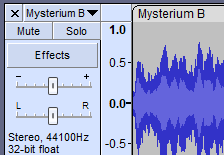
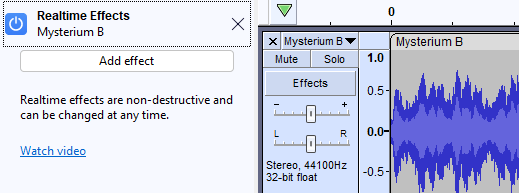
Clicking “Add Effect” will pull up a list of all plugin publishers on your computer, similar to Adobe Audition’s FX submenus. After selecting an effect, it will appear in the track effects rack, where you can bypass or replace it as desired.
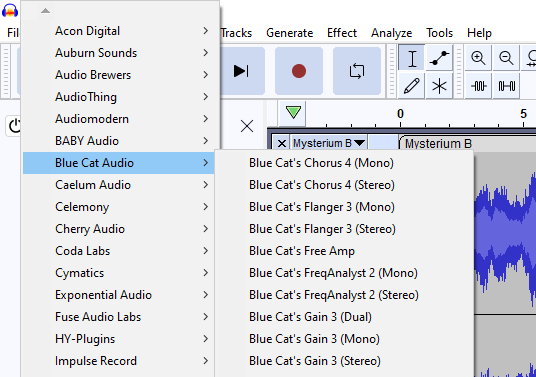
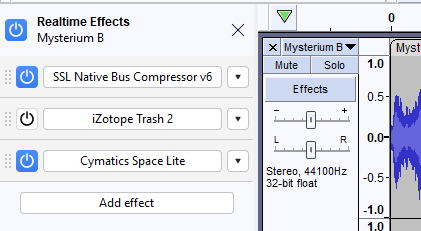
Multiple plugins can be open at once, and their settings changed on the fly; however, there doesn’t seem to be any option right now to write automation, which would allow you to change those settings over the course of a track. This could probably be done with some slightly more complicated secondary recording techniques while you change plugin parameters, but those changes will be baked into the secondary audio recordings.
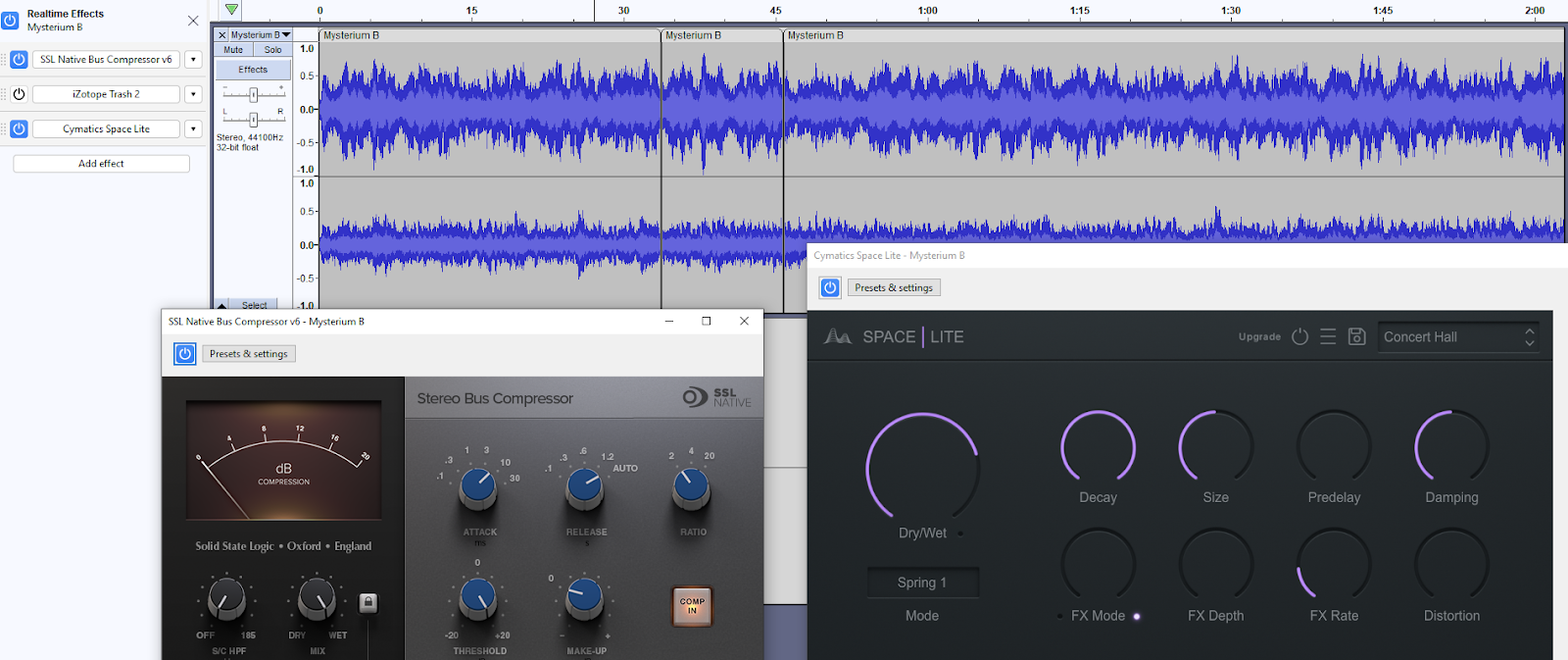
Additionally, only 1 effects rack can be open at once, though if you don’t mind the screen clutter you can have plugin windows from multiple racks open.
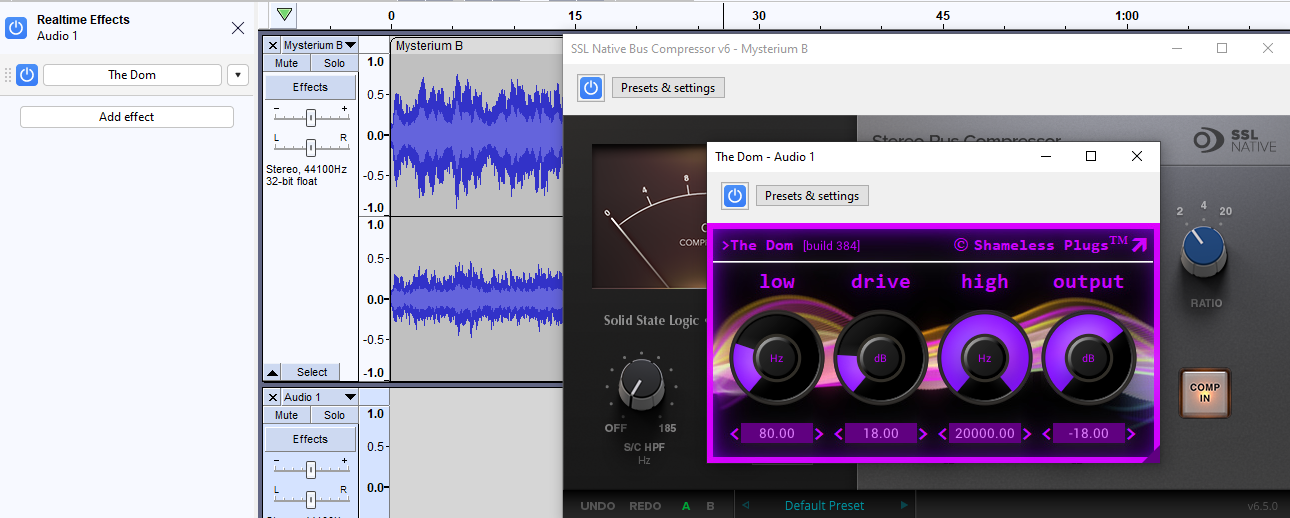
If you do want to apply FX directly to the audio (for example, if your CPU can’t keep up with your 15 plugin chain, which based on my tests is likely to happen on a decent computer), baked in FX are still available via the Effect menu at the top of the window. You still have a preview option and an apply button, and baked in FX will still change your waveform.
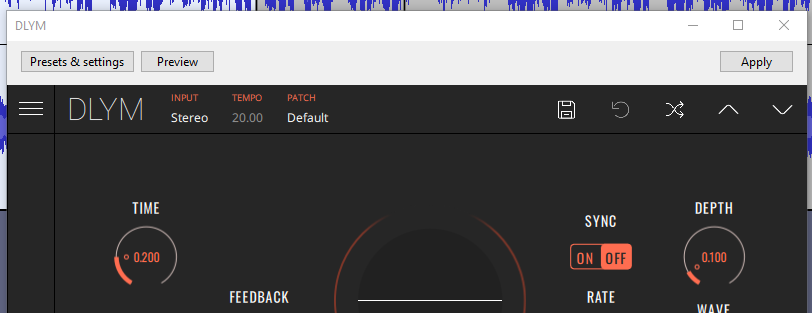
Lastly, VST3 plugins are now supported, allowing users to apply a variety of plugins that previously could only be used in other DAWs.
While the lack of automation still puts Audacity a few steps behind most industry standard DAWs, realtime effects are a major step forward for beginner sound designers and editors. Not only can most free VSTs now be used in Audacity (new to VSTs? Check out BPB's Freeware Database), but the ability to turn effects on and off while changing their settings later will save hours of time that might have been spent reapplying effects.
Brad Colbroock is a SoCal podcaster and foley artist with a passion for audio drama. They are currently helping to produce upcoming shows for Parazonium Podcasts and The Shadow Network. You can hear Brad's sound design in The Way We Haunt Now, Someone Dies In This Elevator, and SPECTRE.

